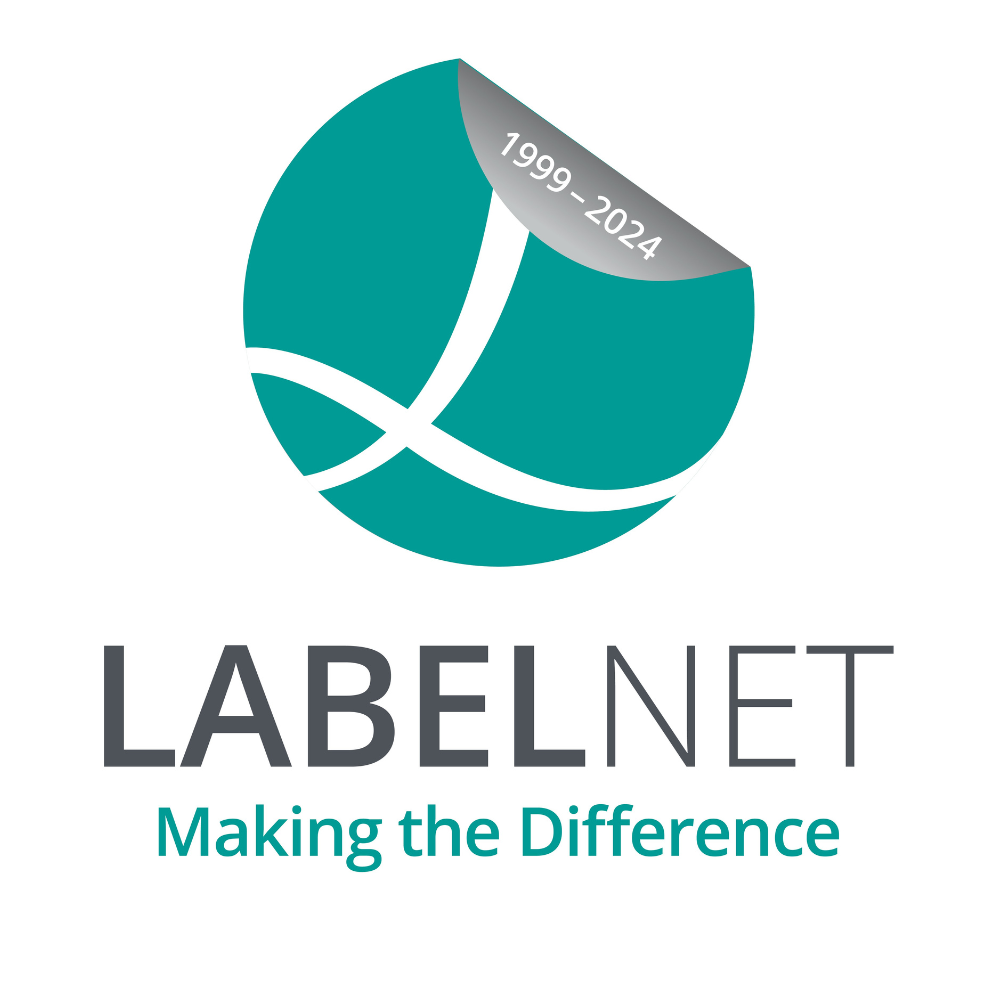
With our two labelling options at Labelnet we quite often get asked what is the difference between the two. In short Flexo printing is ideal for large volume orders using CMYK colours and Digital printing is great for shorter runs requiring a higher quality print or more vibrant label. Please read about the difference below in more detail.
Flexo
Flexo operates much like a giant rubber stamp. Each label requires a plate which is set up prior to production. The plate features raised rubber moulds that display the desired artwork. Ink is then applied to the raised areas of the plate which then rotates on a cylinder at high speeds to transfer the image to the label substrate. The colours are printed in CMYK and printed in high volumes making it an affordable method for large label orders.
Benefits of Flexo
Large Volume Orders
CMYK colours
Lower Costs
Fast Printing
Quick Drying Inks
Digital
Digital printing operates in a similar way to flexography, but without the need for print plates. The artwork image is captured from pixels (rather than on rubber moulds), and the digitalised image is used to control the deposition of ink, toner and exposure, to replicate the image you would like to print. The press prints by writing the image to a digital plate. Pantone colours are used with Digital Printing meaning a wider range of colours are available and the prints are of a very high-quality. Digital Printing is perfect for shorter run jobs.
Benefits of Digital
Creates unique textures
High Quality Print
Consistent Colour
Customisation
Pantone Colours
Good for Short Runs
If you require further information or help with what label you should choose our team are here to help you. Please give us a call and we will be happy to advise you or send samples out to you if you would like to see and feel the different labels.
